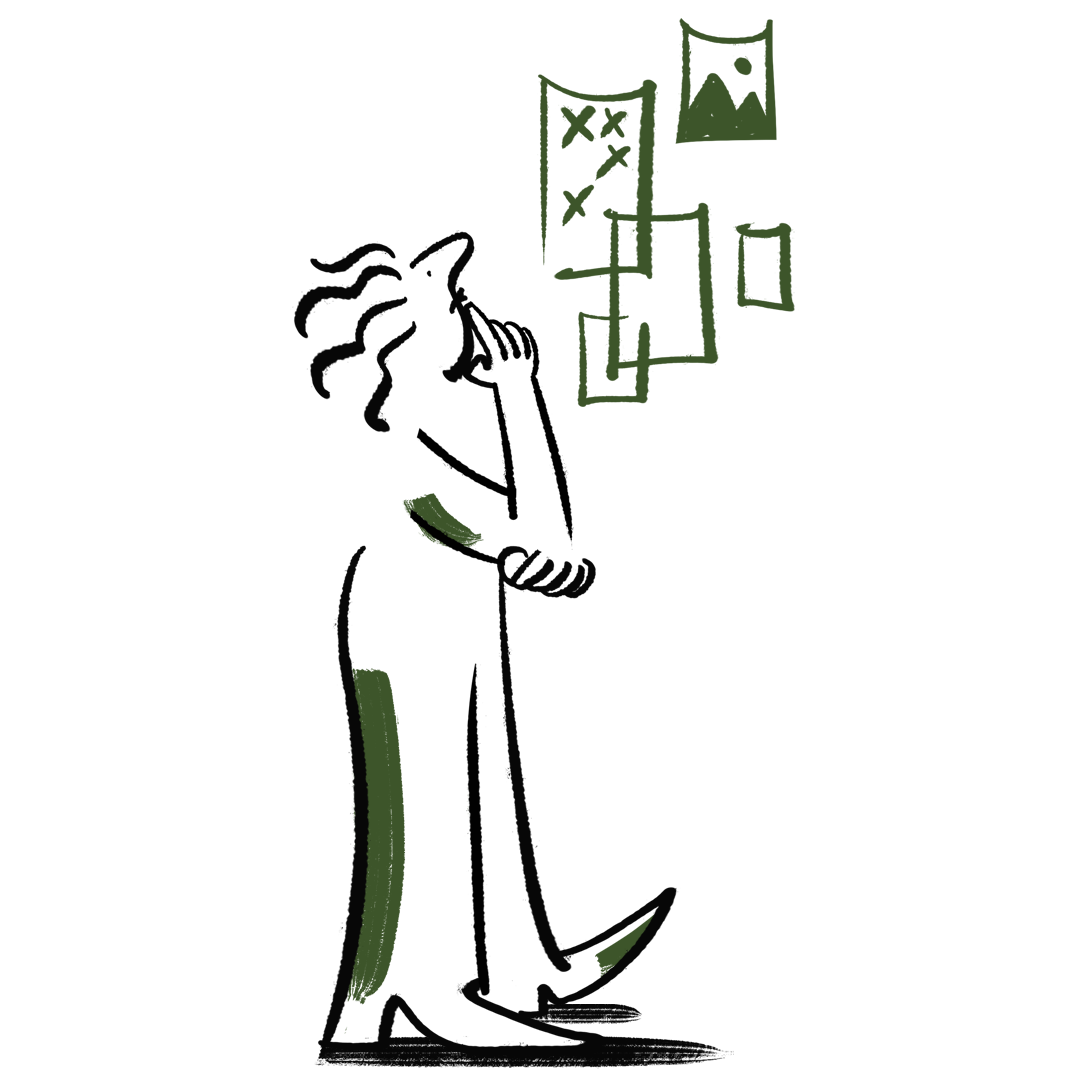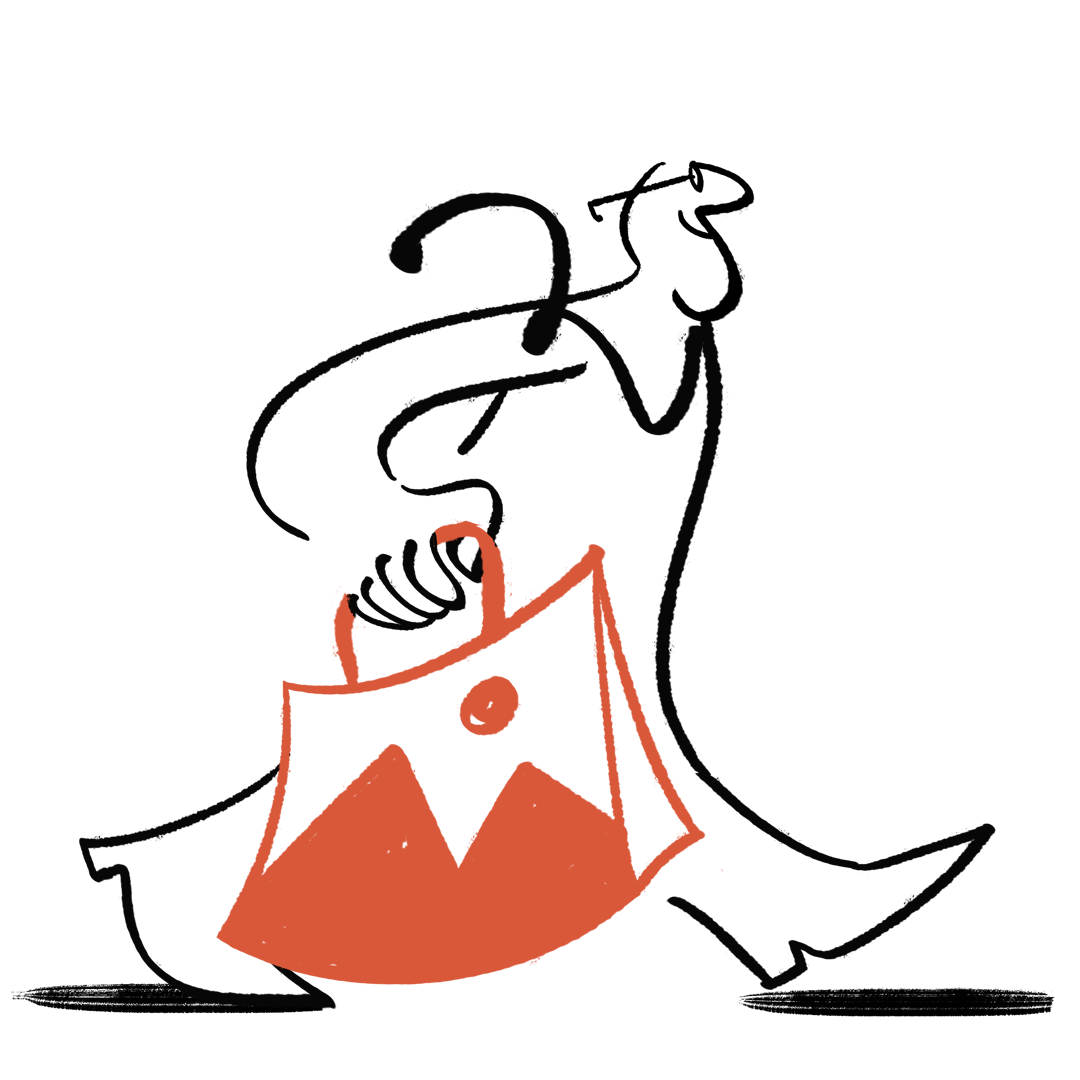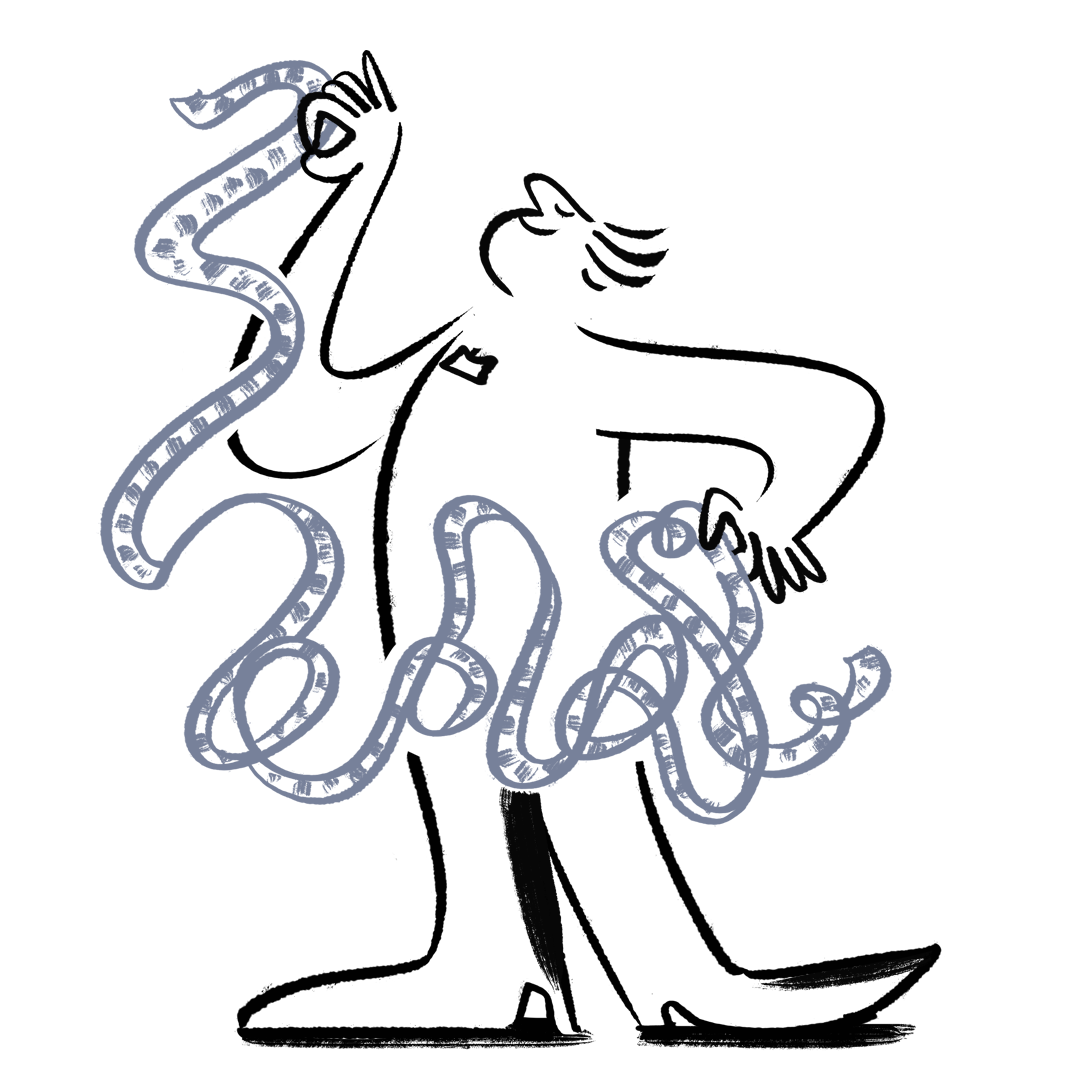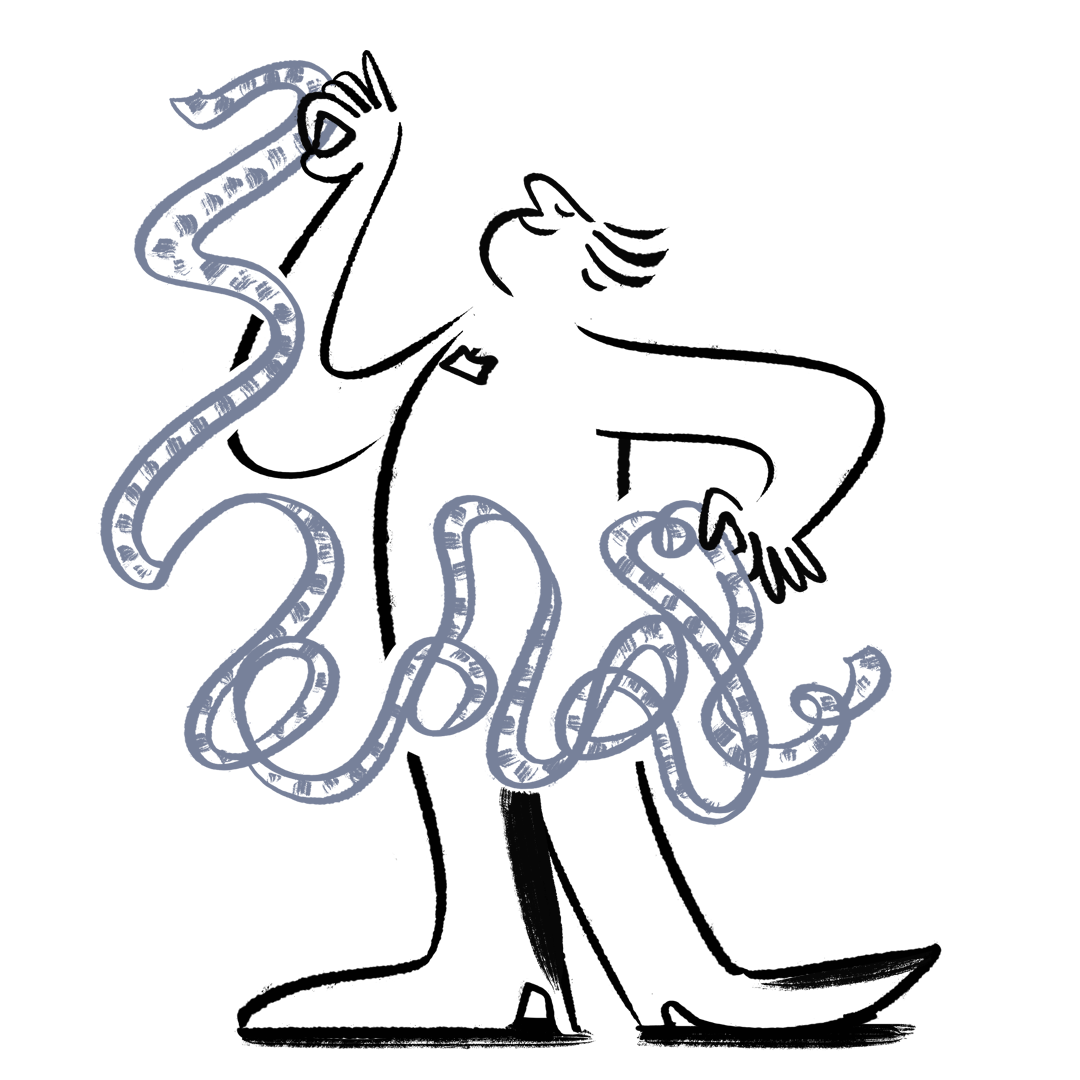Visualize a wider world
28
GERMANY NATO
NATO Secretary General Stoltenberg visits Berlin
25.4.2024 by Filip Singer
17
USA WORLD CENTRAL KITCHEN
Memorial service for World Central Kitchen workers killed by IDF
25.4.2024 by JIM LO SCALZO
2
FILE USA WEINSTEIN CONVICTION OVERTURNED
Weinstein's 2020 rape conviction overturned by New York top court
25.4.2024 by ETIENNE LAURENT
27
MIDEAST ISRAEL PALESTINIANS GAZA CONFLICT
Israeli forces gather at the border with Gaza, southern Israel
25.4.2024 by ATEF SAFADI
20
CHINA SPACE PROGRAMS
Launch of Shenzhou-18 spacecraft in China
25.4.2024 by WU HAO
8
ITALY TOURISM
Venice launches pilot program to charge day-trippers 5-euro entry fee
25.4.2024 by Andrea Merola
152
PORTUGAL CARNATION REVOLUTION ANNIVERSARY
50th anniversary of the Carnation Revolution in Portugal
25.4.2024 by JOSE COELHO
19
POLAND FARMERS PROTES
Polish farmers block S3 road in protest near Pyrzyce
25.4.2024 by MARCIN BIELECKI
Thursday 25 April
25 Apr
10H00
Madrid
Sports
published
Madrid Open tennis tournament
Spain
25 Apr
10H00
Paris
News
published
Windmill blades of Paris' Moulin Rouge collapse overnight
France
25 Apr
13H00
Gaza / Tel Aviv / Ramallah
News
published
Developments in the Israeli-Palestinian conflict
25 Apr
15H00
Jiuquan
News
published
Launch of Shenzhou 18 spacecraft in China
China
25 Apr
17H00
Washington, DC
News
published
Memorial service for World Central Kitchen volunteers killed in Gaza
United States
Our solutions
Choose your perfect plan, pack, or professional.
Picture packs
Basic licenses for digital editorial purposes
Save money with our
Pre-Paid Packages.
Video packs
Basic licenses for digital editorial purposes
Save money with our
Pre-Paid Packages.
Book a Professional
Access our global network of professionals
Ask for a quote
Billed per project
Curated collections
Check out EPA's latest curated collections











